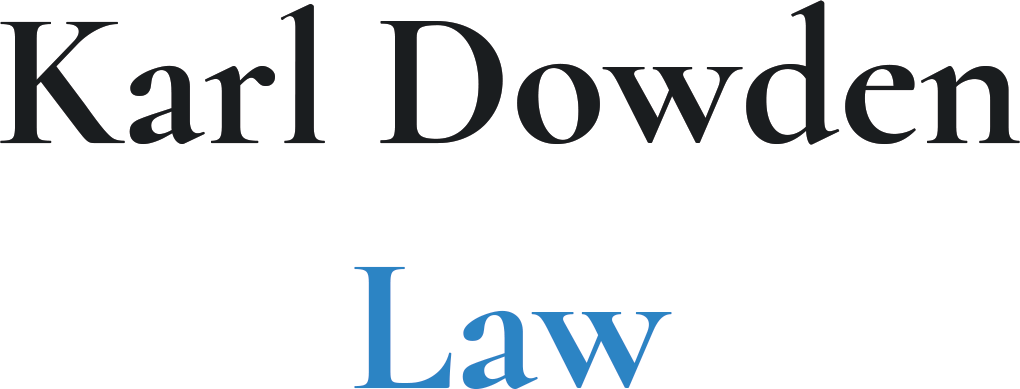Typically, commercial leases will contain restrictions on the tenant’s ability to perform alterations to the premises. It is important to review all of the provisions that may relate to alterations so the tenant has a clear understanding of whether and what type of alterations may be made to the premises. These provisions may include, but not are limited to, any provisions addressing the tenant’s initial buildout, alterations generally, any tenant improvement allowance, the end of the lease term, insurance, etc.
The tenant should have a clear understanding of its obligations during the performance of any alterations. This may include obtaining any necessary approvals from landlord or any other party which may have approval rights under the lease, complying with any specific insurance requirements related to alterations, performing the alterations at certain times or under certain conditions, etc.
Certain decorative alterations may or may not be performed without landlord’s consent and so long as tenant complies with any obligations under the lease. Alterations other than decorative alterations typically require landlord’s consent. Landlord may agree not to unreasonably withhold its consent to non-structural alterations. If that is the case, the tenant should have a clear understanding of the procedure to obtain any approvals necessary from landlord. This may include approvals for tenant’s plans and specifications, approvals for specific design professionals, etc.
[Back to Commercial Leasing FAQs]
